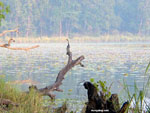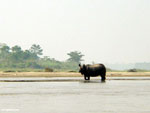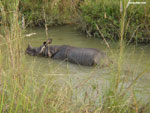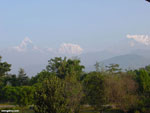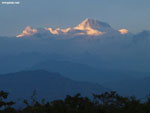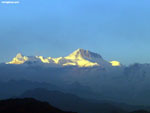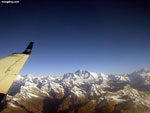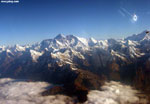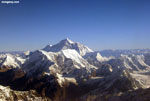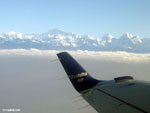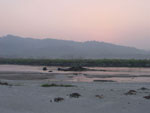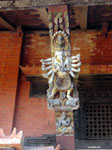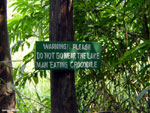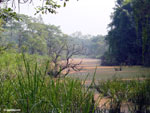
|
NEPAL |
|
Nepal Pictures
Below you will find photo collections of places from around the world. All images are the property of Rhenda Glasco. Contact me with questions regarding use, reproduction, or purchase of any of the pictures.
Recommended travel guides on Nepal: 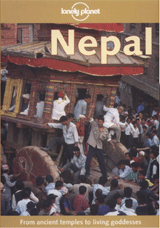
News on Nepal Around 900, the Thakuri dynasty succeeded the Licchavi era and was eventually superseded by the Malla dynasty, which ruled until the 18th century. In 1768, the Gorkha king, Prithvi Narayan Shah, captured Kathmandu. In 1814, Nepal fought the Anglo-Nepalese War with the British East India Company, which ended with the 1816 Sugauli Treaty, in which Nepal gave up Sikkim and the southern Terai, and the British retreated. After Nepali Gurkhas aided the British in quashing the Indian Sepoy Mutiny in 1857, most of the Terai territories were returned to Nepal. The Shah dynasty was cut short in 1846, when Jung Bahadur Rana seized control of the country after assassinating several hundred princes and chieftans in Kathmandu's Kot Massacre. Ranas ruled as hereditary prime ministers until 1948, when British India achieved independence. India propped up King Tribhuvan as Nepal's new ruler in 1951 and sponsored the Nepali Congress Party. Tribhuvan's son, King Mahendra, dissolved the democratic experiment and declared that a "partyless" panchayat system would govern Nepal. His son, King Birendra, inherited the throne in 1972 and continued the panchayat policy until 1989, when "Jana Andolan" (People's Movement or Democracy Movement) forced the monarchy to accept constitutional reforms. In May 1991, Nepal held its first election in nearly 50 years. The Nepali Congress Party and the Communist Party of Nepal received the most votes. No party has held power for more than two consecutive years since. Critics argue that the governmental reforms did not appreciably improve the political order, because the new government was characterised by extreme corruption bordering on kleptocracy. In February 1996, one of the Maoist parties started a bid to replace the parliamentary system with a socialist republic, through a Maoist revolutionary strategy known as People's war. This has since grown into a civil war and has resulted in the deaths of about 10,000 people. According to official Nepal government accounts, on June 1, 2001, the Heir Apparent Crown Prince Dipendra went on a killing spree in the royal palace in a violent response to his parents' refusal to accept his choice for a wife. He apparently shot and killed his parents, King Birendra and Queen Aishwarya, as well as his brother, sister, two uncles and three aunts, before turning the gun on himself. His suicide attempt was not immediately successful, however, and although in a comatose state, he was proclaimed the king (in accordance with Nepalese tradition) in his hospital bed. He died three days later. See Dipendra of Nepal. Following King Dipendra's death, his uncle (King Birendra's brother, King Gyanendra, was proclaimed king on 4 June. Shortly afterwards, he declared martial law and dissolved the government. Gyanendra deployed Nepal's military in a destructive civil war with the Maoist insurgents, the Nepalese People's War. |
what's new | rainforests | tropical fish | for kids | search | about | copyright & use | contact |
Copyright Rhett Butler 1994-2012 Pictures were taken by Rhett A. Butler, copyright 2008. While these photos are the property of mongabay.com, it may be permissible to use them for non-commercial purposes (like powerpoint presentations and school projects), provided that the images are not altered in any form. Please read this for more details. If you are interested in using an image in a publication please contact me. Mongabay.com is a free resource. |

